Work Verification Letter Template for Employers
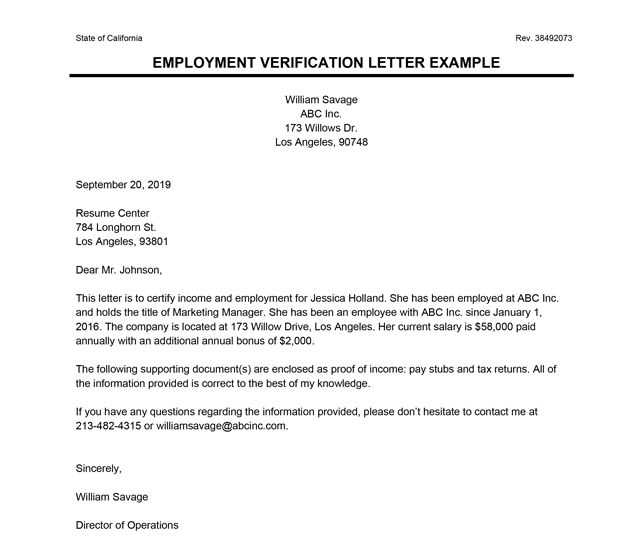
In certain situations, individuals may need to prove their job status or role within a company. This document serves as an official statement, often required by third parties such as financial institutions, landlords, or immigration authorities. A well-written statement can ensure that all necessary details are communicated clearly and concisely, fulfilling the requested purpose.
Essential Information to Include
For this document to be effective, it must contain specific details about the employee’s position, employment duration, and salary. Below are the key elements that should be addressed:
- Employee’s full name
- Job title
- Start date and, if applicable, end date
- Employment status (full-time, part-time, etc.)
- Salary details or hourly wage, if requested
Steps for Drafting the Document
When creating this statement, ensure to maintain a formal tone and use clear, professional language. Begin with a direct introduction, stating the purpose of the document. Follow this by presenting the necessary details about the employee’s role and their work history. Finish by offering a signature from the employer, including their contact information for verification purposes.
Common Mistakes to Avoid
Many individuals may make errors when drafting such documents, potentially affecting their credibility. A few key things to watch for include:
- Leaving out essential details
- Using informal or unclear language
- Omitting a proper signature or contact details
Why This Document Is Important
Having a clear and concise statement can help employees meet various requirements for loans, housing, or immigration processes. It not only confirms their job but also builds trust between the employee, employer, and third-party organizations.
Benefits of Using a Pre-written Format
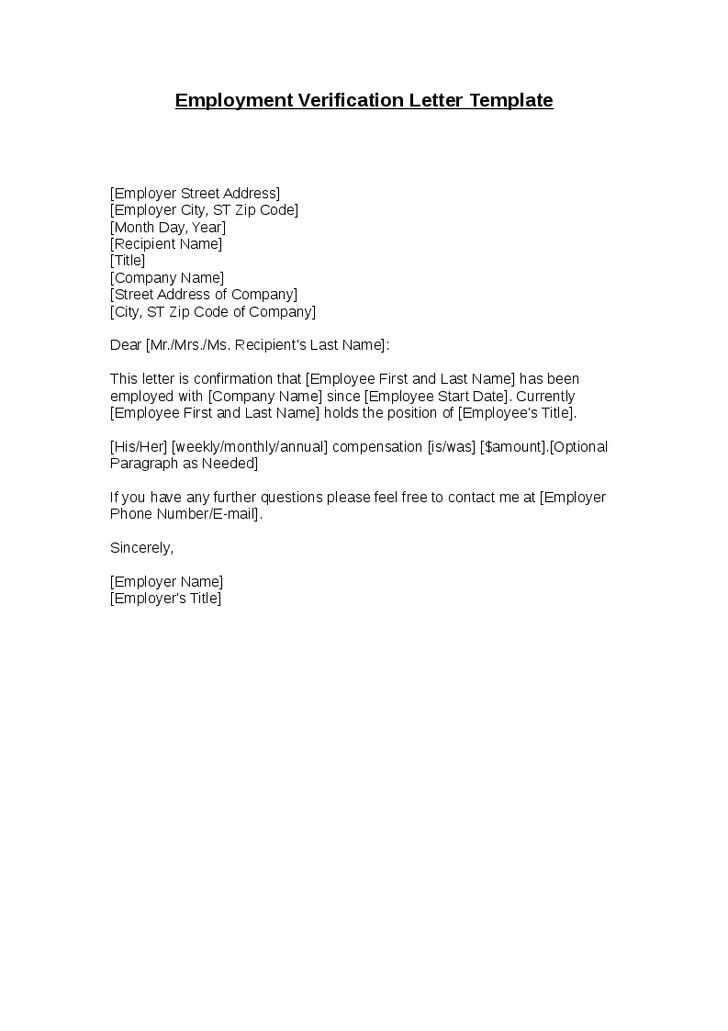
Using a pre-designed format can save time and ensure all required information is included. These formats guide the writer step-by-step, minimizing the risk of leaving out important data. They also provide a professional structure that aligns with industry standards.
Understanding an Employment Confirmation Document
This section explores the importance and structure of an official document used to confirm someone’s professional status. It serves as a formal proof for various purposes, including financial or legal processes. The following points outline its essential components and steps for creating a proper statement, helping individuals and organizations navigate the requirements efficiently.
Key Details to Include in the Document
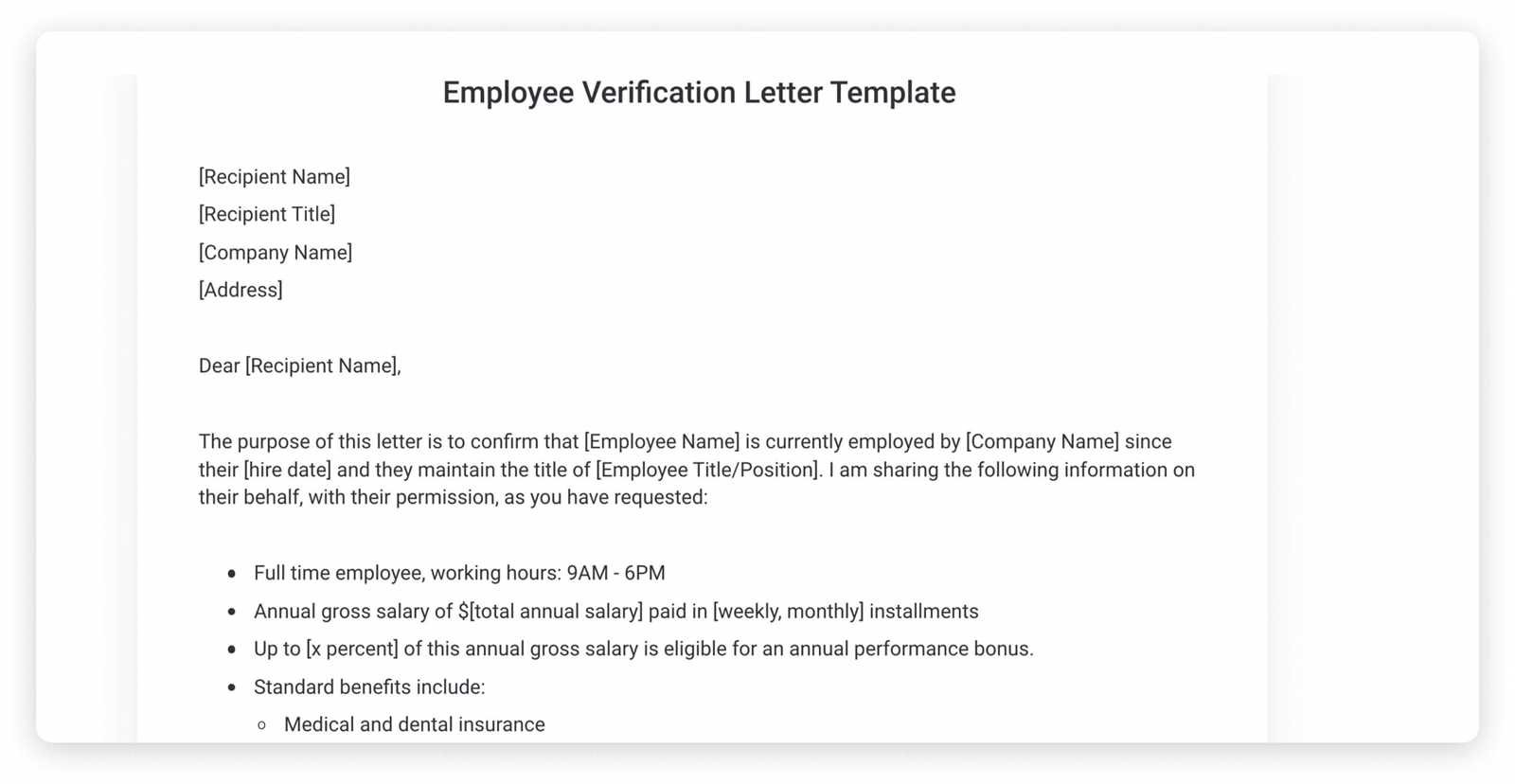
For the document to serve its intended purpose, it must include critical details about the individual’s job. Key elements include:
- Full name of the employee
- Job title and department
- Dates of employment (start date and end date if applicable)
- Work status (whether full-time, part-time, or contract)
- Compensation information (salary or hourly rate, if required)
Common Errors in Crafting the Document
Many individuals make mistakes that can reduce the document’s effectiveness. Common errors include:
- Failing to include all necessary details, which may result in the document being rejected
- Using unclear or overly casual language
- Leaving out crucial verification information such as contact details or signatures
Ensuring clarity and accuracy is crucial to ensure the document fulfills its intended role.
Why Such Documents Are Needed
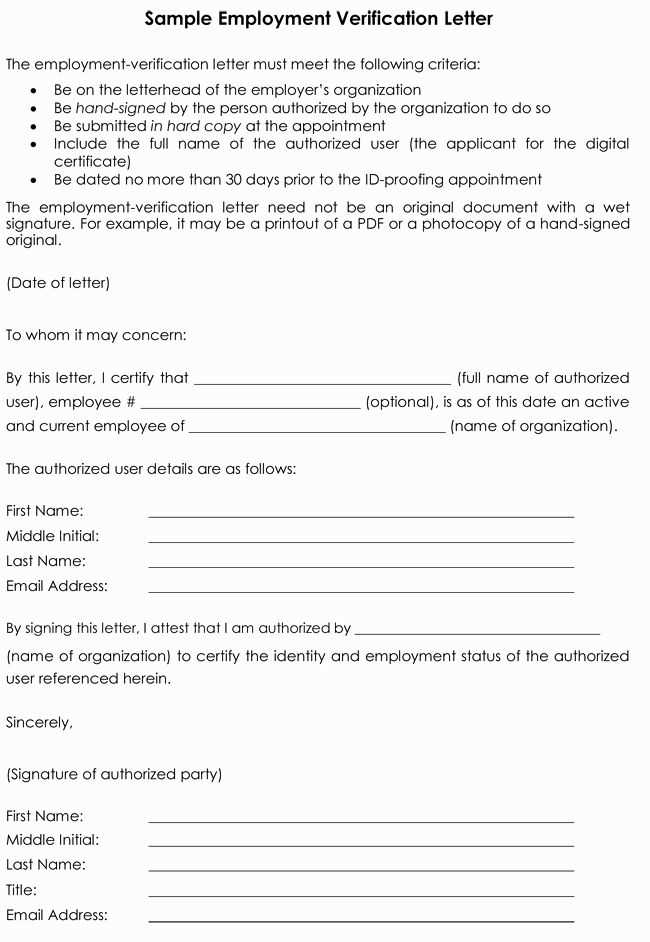
Such confirmations are essential when proof of employment is required for applications related to housing, loans, or immigration. They establish trust and ensure that the person is employed at the claimed organization under the stated conditions.
How Pre-written Formats Simplify the Process
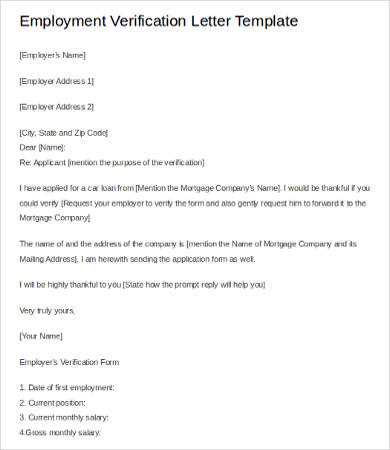
Using a pre-designed structure can streamline the writing process, ensuring all necessary information is included. These formats reduce the risk of errors and help maintain a professional tone, making it easier to create a document that meets both legal and organizational standards.